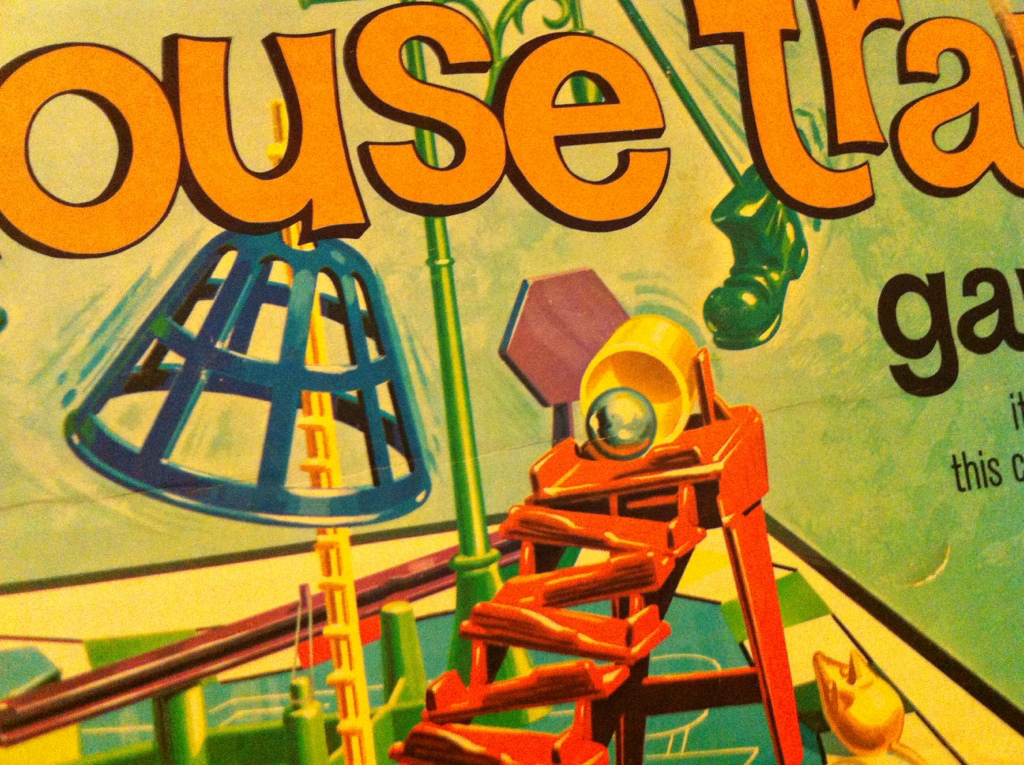
Brainstorming Columbia
[flickr id=”8406887885″ thumbnail=”medium” overlay=”true” size=”original” group=”” align=”none”]
Build a better mousetrap, and the world will beat a path to your door. That phrase is credited to Ralph Waldo Emerson, but believe me, everybody with a dream of making it big has probably adopted it as their own mantra in some way. I’m sure many of my peers at Columbia College Chicago have thought about it.
Think of all the deals that just went down at the Sundance Film Festival. New movies, new actors, new directors—these are the mousetraps. Whether they pan out to be better or not is yet to be seen. What I do know is the first step to the mousetrap started months, maybe years ago, with an idea. I want to make sure that you are never at a loss for creative currency. I want to make sure you know how to brainstorm.
A few years ago, I learned a technique for brainstorming ideas for television writing. In television, it’s important for a writer to have a large volume of creative, original ideas because, often times, you are in completion with ten other writers to get your stories picked to be written. In film, you may not need as large a volume of scripts, but you will always need the ideas because you have to be able to answer the question, “what are you working on next?” So let’s get to it.
[flickr id=”8406902857″ thumbnail=”medium” overlay=”true” size=”original” group=”” align=”none”]
This is a brainstorming workshop. Ideas will be generated from personal memories and visual and audio stimulus. You’ll need the following: a timer, pen, paper, magazines, and music.
First, we start with magazines, not blogs or Instagram photos but paper-based journals with photographs. Ideally, you’ll have 6-8 magazines that have nothing to do with each other. Having a tattoo magazine and a cat lovers magazine is an example of the range we’re looking for. Lay your magazines in front of you, grab the paper and pen, and set the timer for one minute. Start the timer and then fly through the magazine and jot down captions for photos that grab your attention. Do not censor yourself. Go with your gut. Do not go back to a page once you’ve passed it. Once you turn the page you’re done. After the timer goes off, chuck the magazine and go to another. It’s that simple. We’re using magazines because the photos will convey some sort of emotion. Therefore, the kernel of your caption will be based on an easily identifiable moment that you had to draw upon. The visual process will take about ten minutes, and you should have over one hundred captions. Also, there are no bad ideas at this point.
[flickr id=”8407997838″ thumbnail=”medium” overlay=”true” size=”original” group=”” align=”none”]
Next, we move to the audio section. Grab more paper and some of your favorite yet eclectic tunes. If you have a random function on a CD player, mp3 player, iPod, or Smartphone, use it. The rules are similar to the visual stage: play ten tunes, one minute each, and let the music inspire your captions. When it’s done, you should have over one hundred captions.
Grab your lists. Now is when you scratch out the bad ideas. Don’t feel bad if seventy to eighty percent of the ideas are garbage. That means you can work with forty solid ideas. Not bad. Take those forty ideas and pick the winners. You should be in good shape.
It seems easy, right? That’s because it is. If you ever find yourself stuck on a project, now you have a place to start. By following these steps you will never, I repeat NEVER, worry about generating story ideas, and you might just build that better mousetrap.
